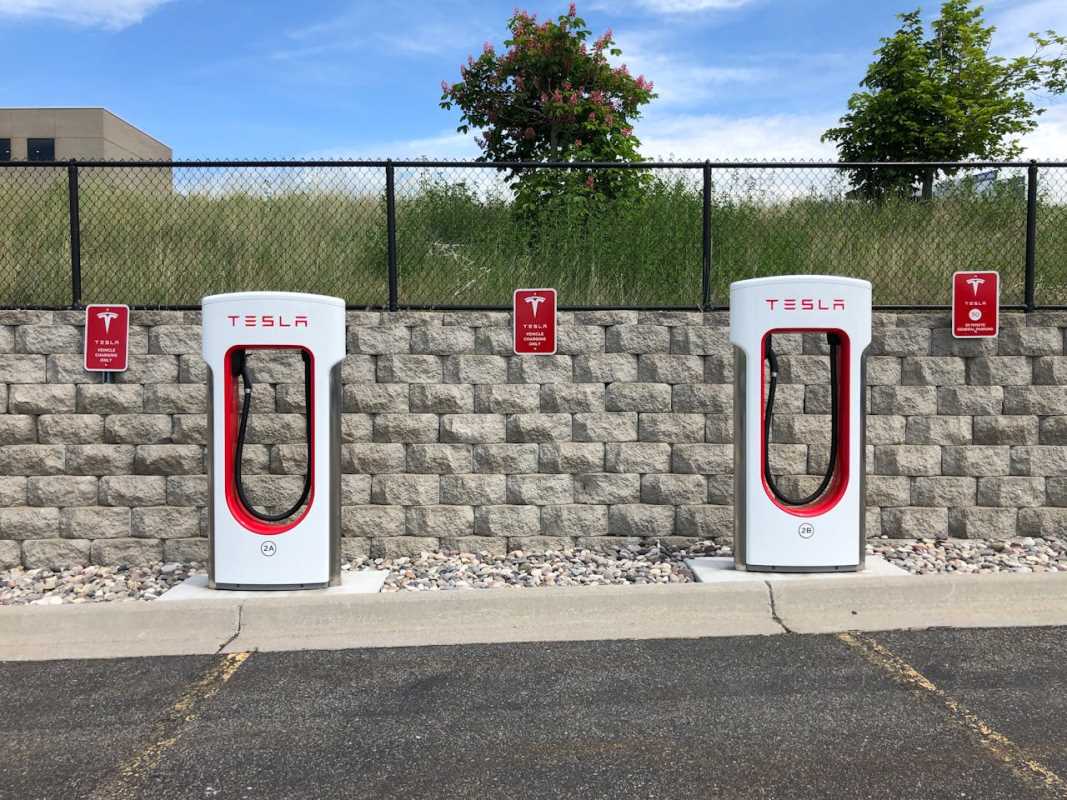Managing your finances often feels like a juggling act, and keeping track of different insurance policies can add to the complexity. You’ve likely heard about "bundling" your auto and home insurance, a strategy that promises simplicity and savings. It’s a popular option, but is it the right move for you? We’ve got you covered with a straightforward look at the pros and cons. Understanding both sides of the coin will empower you to make a confident decision that fits your budget and protects your most important assets. This guide will walk you through everything you need to know, so you can choose the best path for your family with total clarity.
What Does It Mean to Bundle Insurance?
Bundling simply means buying multiple insurance policies, like your home and auto insurance, from the same company. Insurers love loyal customers, and they offer this option as an incentive to bring more of your business under one roof. In return for your loyalty, they typically provide a discount on one or both policies.
Think of it like buying a combo meal instead of ordering everything separately—you get everything you need in one convenient package, often for a lower total price. You could also bundle other policies, such as renters, boat, or umbrella insurance, but the auto and home combination is the most common and usually offers the most significant benefits.
The Advantages of Bundling
There are some powerful reasons why bundling has become such a popular strategy for millions of people. Let's break down the key benefits you can expect.
Significant Savings (The Multi-Policy Discount)
The biggest draw for most people is the potential for savings. The multi-policy discount is one of the most substantial discounts that insurance companies offer. By bundling your auto and home policies, you could save anywhere from 5% to 25% on your total premium.
This discount is a win-win. You save money on your essential coverage, and the insurance company earns more of your business, making you a more valuable customer to them. The savings can add up to hundreds of dollars per year, freeing up money in your budget for other important goals. We’re here to help you find every dollar of savings you’re entitled to.
Simplified Policy Management
Convenience is another major advantage. Managing one account instead of two (or more) can make your life much easier. You’ll have:
- One company to contact: No more searching for different phone numbers or websites. All your questions and claims go to one place.
- One bill (usually): Many insurers allow you to sync your billing cycles, so you have one payment date to remember. Some even offer a single combined statement.
- One mobile app or online portal: You can view all your policy documents, make payments, and file claims for both your home and car in one central hub.
This streamlined process reduces clutter and saves you precious time, giving you one less thing to worry about.
Building a Stronger Relationship with Your Insurer
When you bundle, you become a more significant customer to your insurance company. This can sometimes translate into better service and more flexibility. An insurer may be more willing to work with you on a claim or be less likely to drop your coverage after a claim if you have multiple policies with them. You are a more valuable asset, and they have a greater incentive to keep you happy. This stronger relationship can provide an extra layer of security and peace of mind.
The Potential Drawbacks of Bundling
While bundling sounds great on the surface, it isn't always the perfect solution for everyone. It's important to look at the other side of the coin to make a truly informed decision. You’ve got this, and we’re here to help you weigh the cons.
You Might Miss Out on Better Coverage or Rates
The biggest risk of bundling is that you might be putting all your eggs in a less-than-ideal basket. The company that offers you the best deal on auto insurance may not have the most competitive rates or the best coverage for homeowners insurance, and vice versa.
By focusing only on the bundled discount, you might overlook a combination of separate policies that is actually cheaper or offers superior protection. For example:
- Auto-focused company: An insurer that specializes in car insurance might offer fantastic auto rates and features like accident forgiveness but have a basic, overpriced homeowners policy.
- Home-focused company: Another insurer might have excellent homeowners coverage with special perks for your area but have uncompetitive auto insurance rates.
It's crucial to do the math and compare the bundled offer against the best individual policies you can find.
Decreased Flexibility and Comparison Shopping
Once you're bundled, it can feel more complicated to shop around for a better deal. When your renewal comes up, you have to compare quotes for two policies instead of just one. If you find a much cheaper auto policy with another company, you'll lose your bundling discount on your home insurance, which could wipe out your potential savings. This can create a sense of being "stuck" with your current provider, even if their rates have increased.
All Your Risk Is in One Place
While having a strong relationship with your insurer is a pro, it can also be a con. If you need to file multiple claims in a short period—say, a car accident followed by a major hailstorm that damages your roof—the insurer might see you as a much higher risk. This could lead to a significant premium increase on both policies or, in a worst-case scenario, non-renewal of your entire bundle. Spreading your policies across different companies can sometimes insulate you from this concentrated risk.
How to Decide if Bundling Is Right for You
You are now equipped with the pros and cons. Here's a simple, actionable plan to help you make the best choice for your unique situation.
1. Get Quotes for Both Bundled and Separate Policies
This is the most important step. Don't just assume bundling is cheaper. You need to run the numbers.
- Step A: Get a bundled quote from at least three different insurance companies.
- Step B: For each of those companies, also ask for individual quotes for just your auto and just your home insurance.
- Step C: Get standalone quotes from companies that specialize in either auto or home insurance.
2. Compare Apples to Apples
When you compare quotes, make sure you are looking at identical coverage levels, limits, and deductibles. A cheaper policy isn't a better deal if it offers less protection. Create a simple spreadsheet to lay out all the options side-by-side. Look at the total annual cost for each scenario: the bundle versus the best separate auto policy plus the best separate home policy.
3. Read Reviews and Check Company Ratings
Price is important, but it isn't everything. You also want an insurer that provides excellent customer service and handles claims fairly and efficiently. Look up reviews and financial strength ratings (from agencies like AM Best) for any company you are considering. A slightly more expensive policy from a top-rated company can be worth it for the peace of mind.
 (Image via
(Image via





